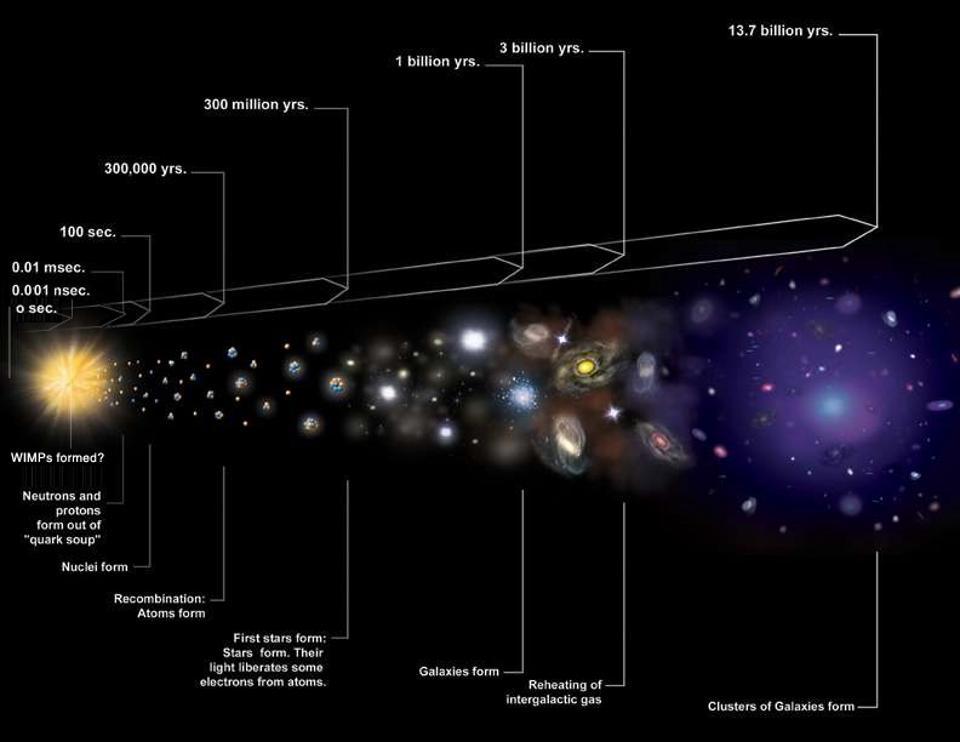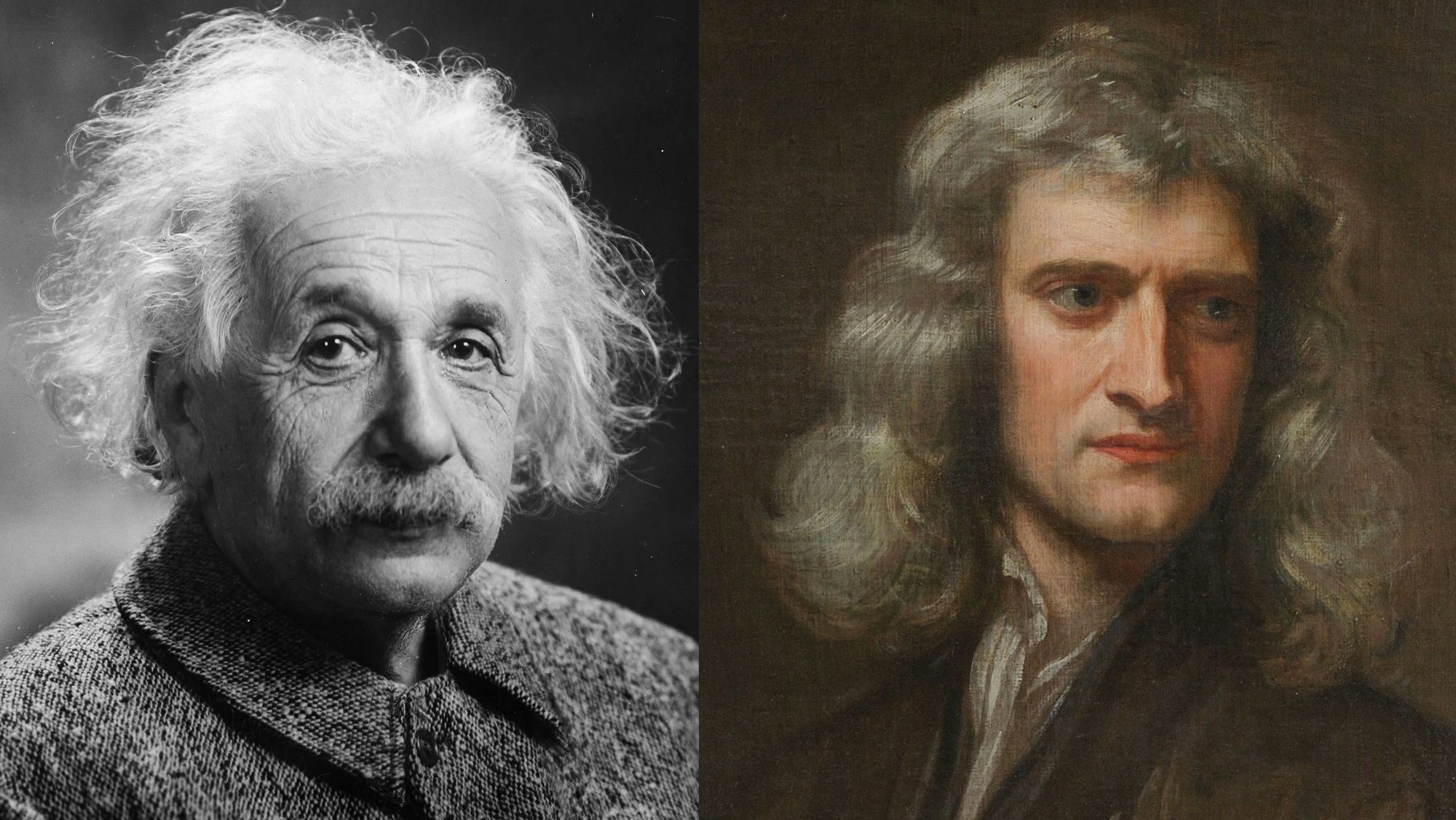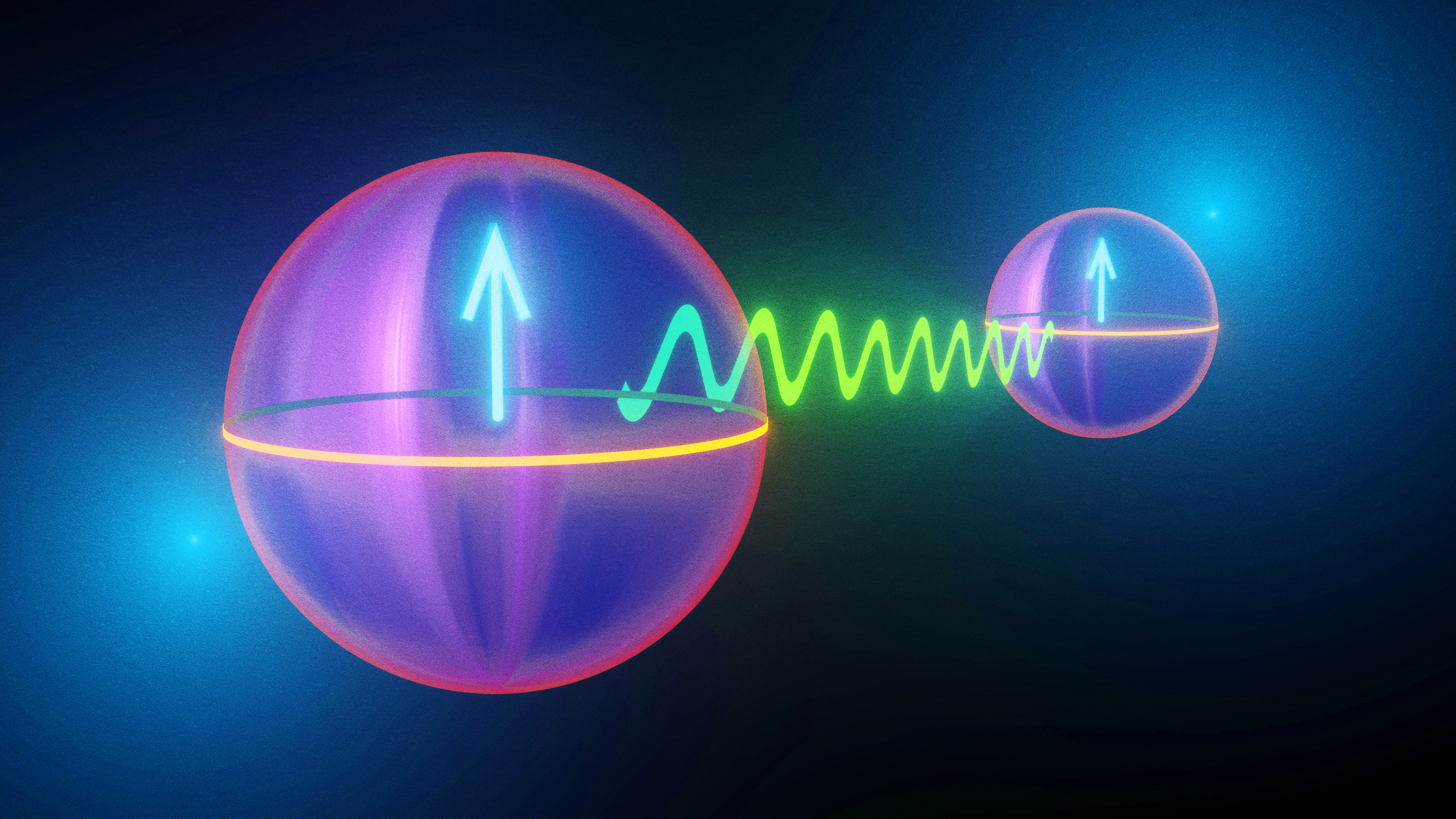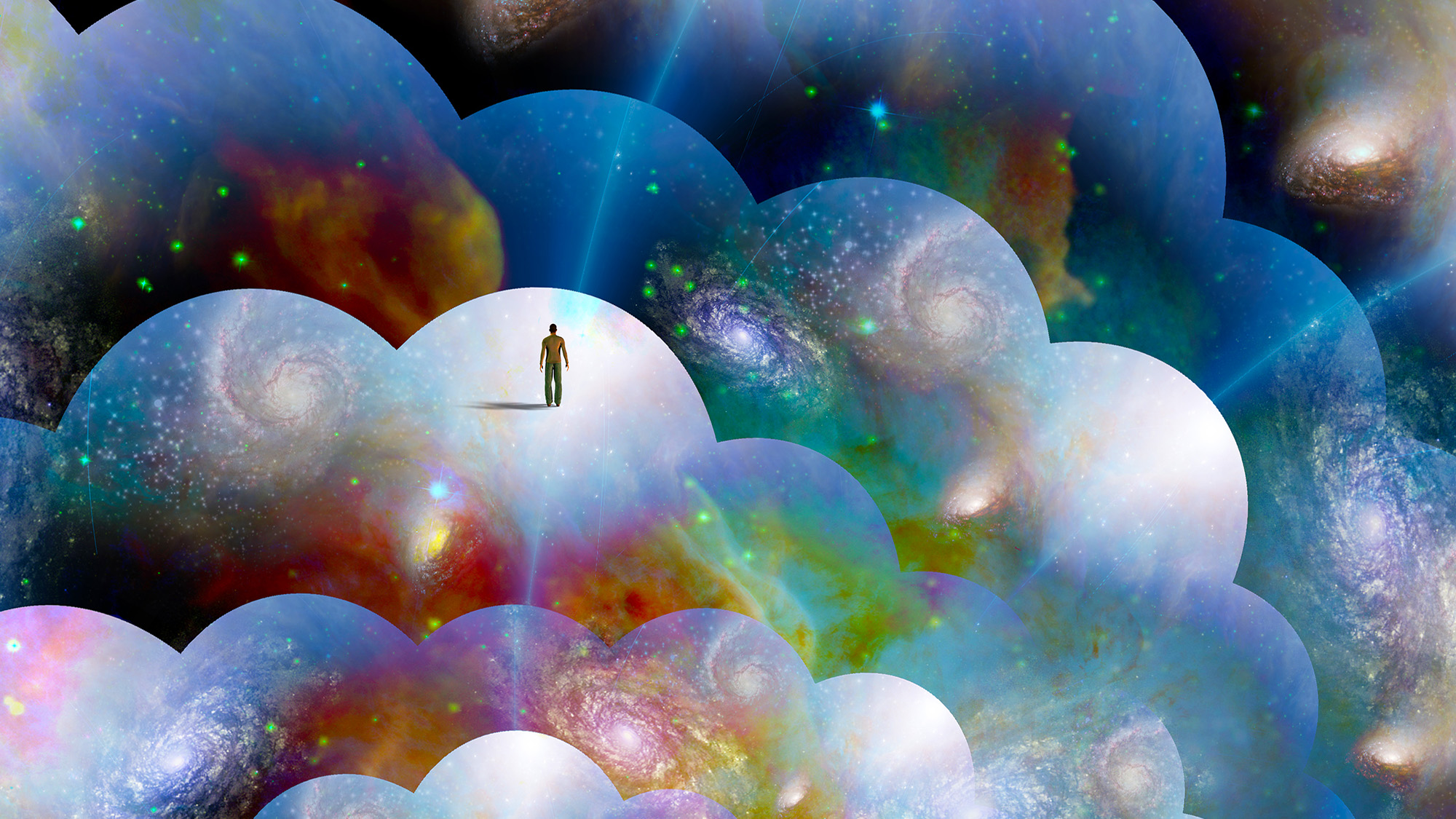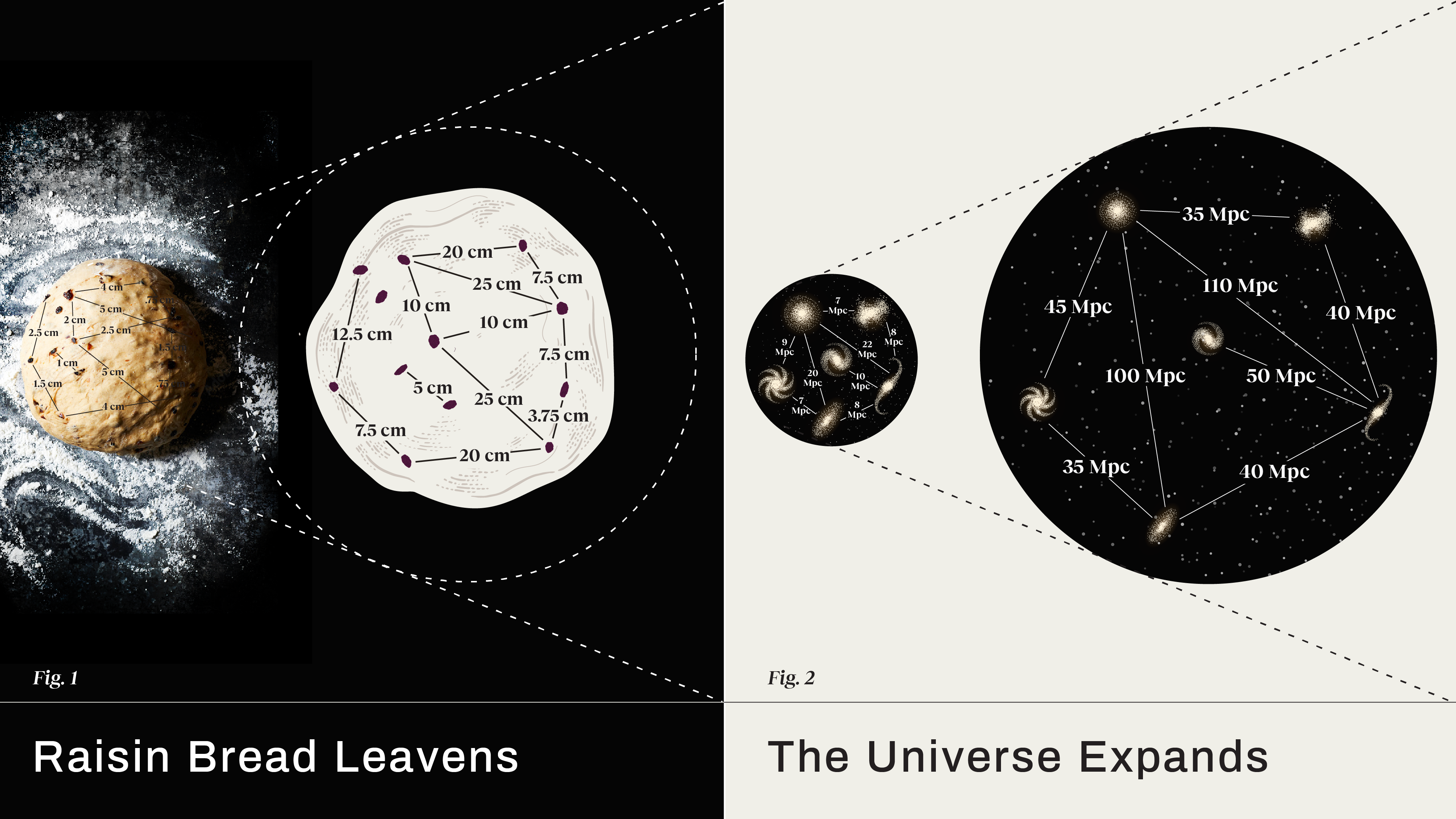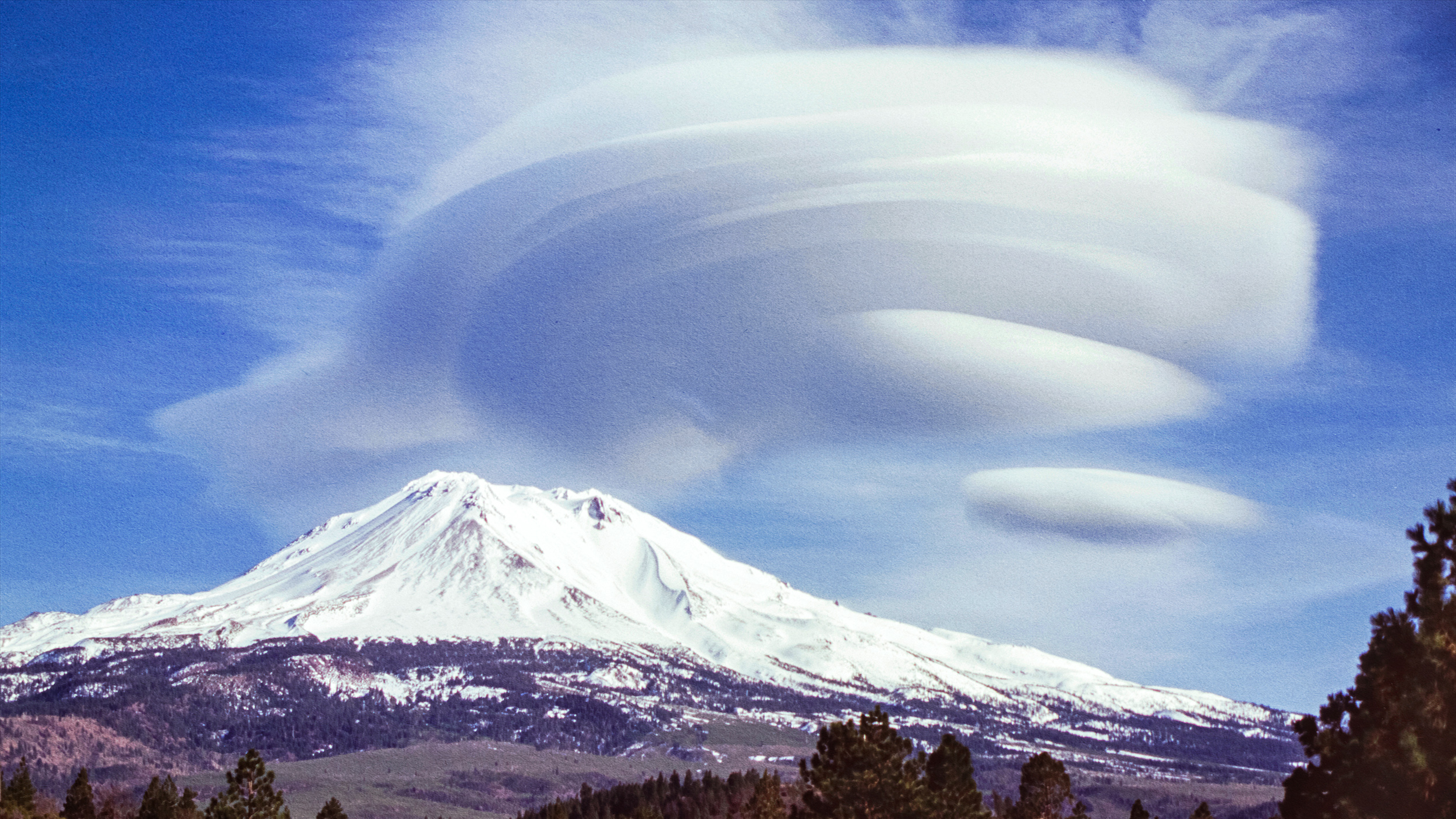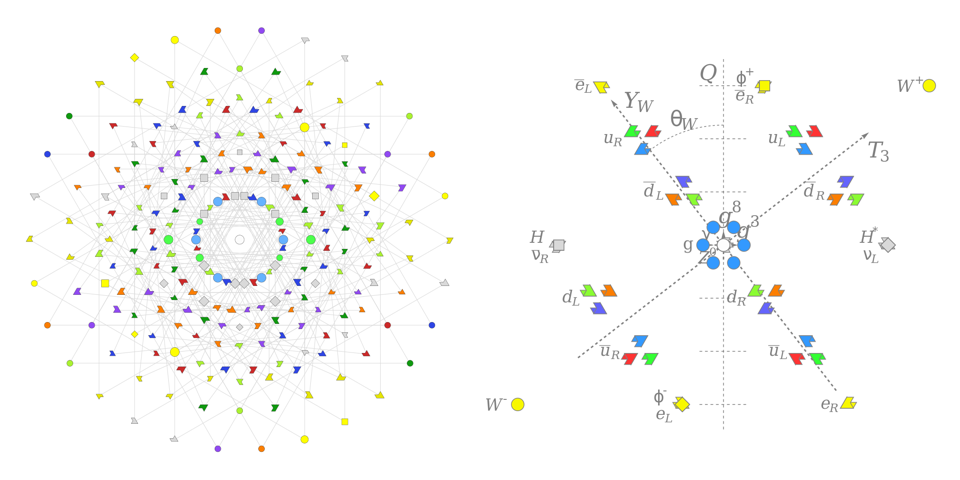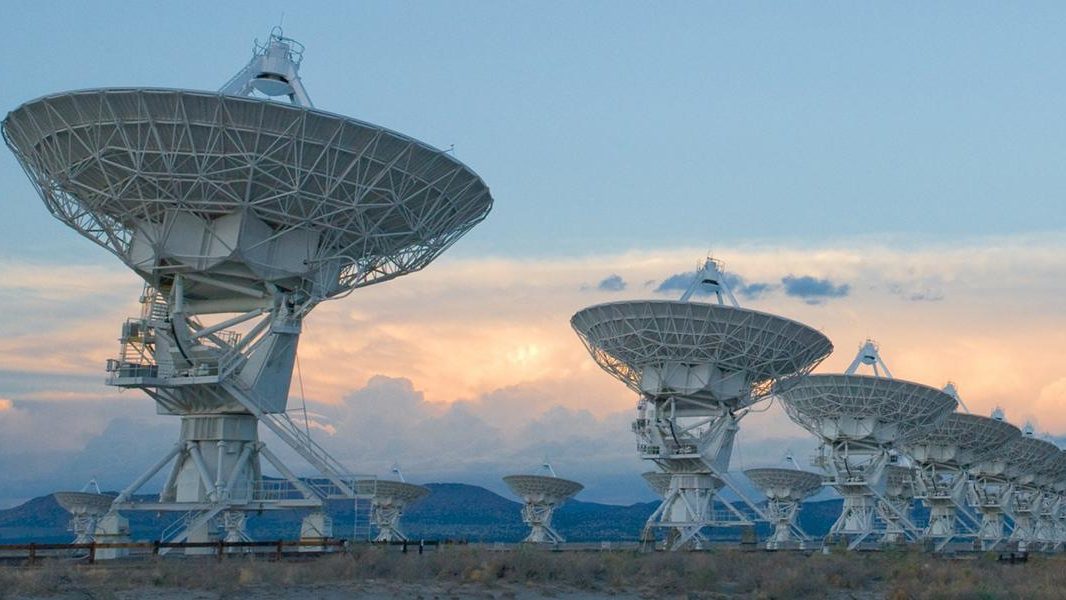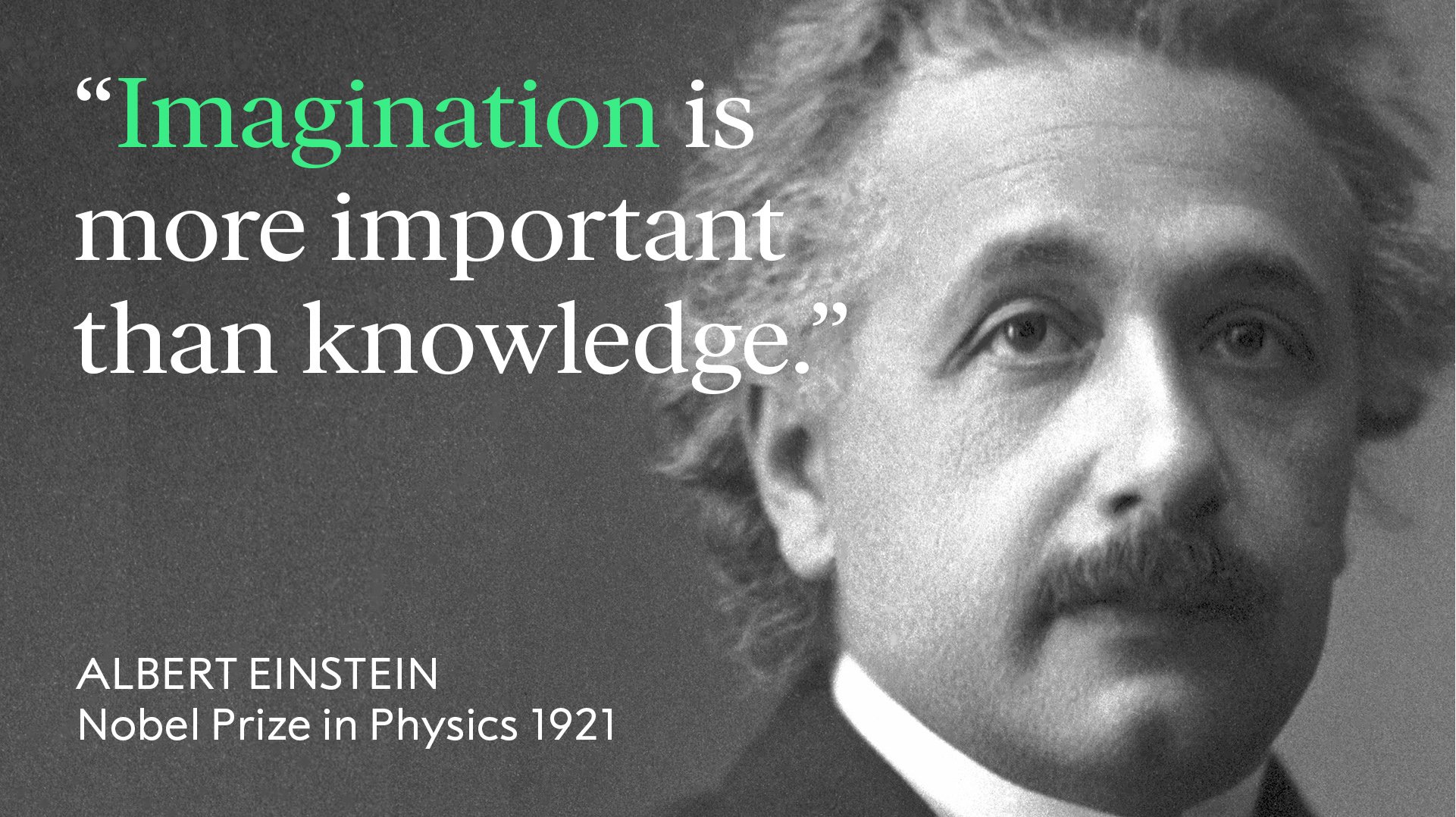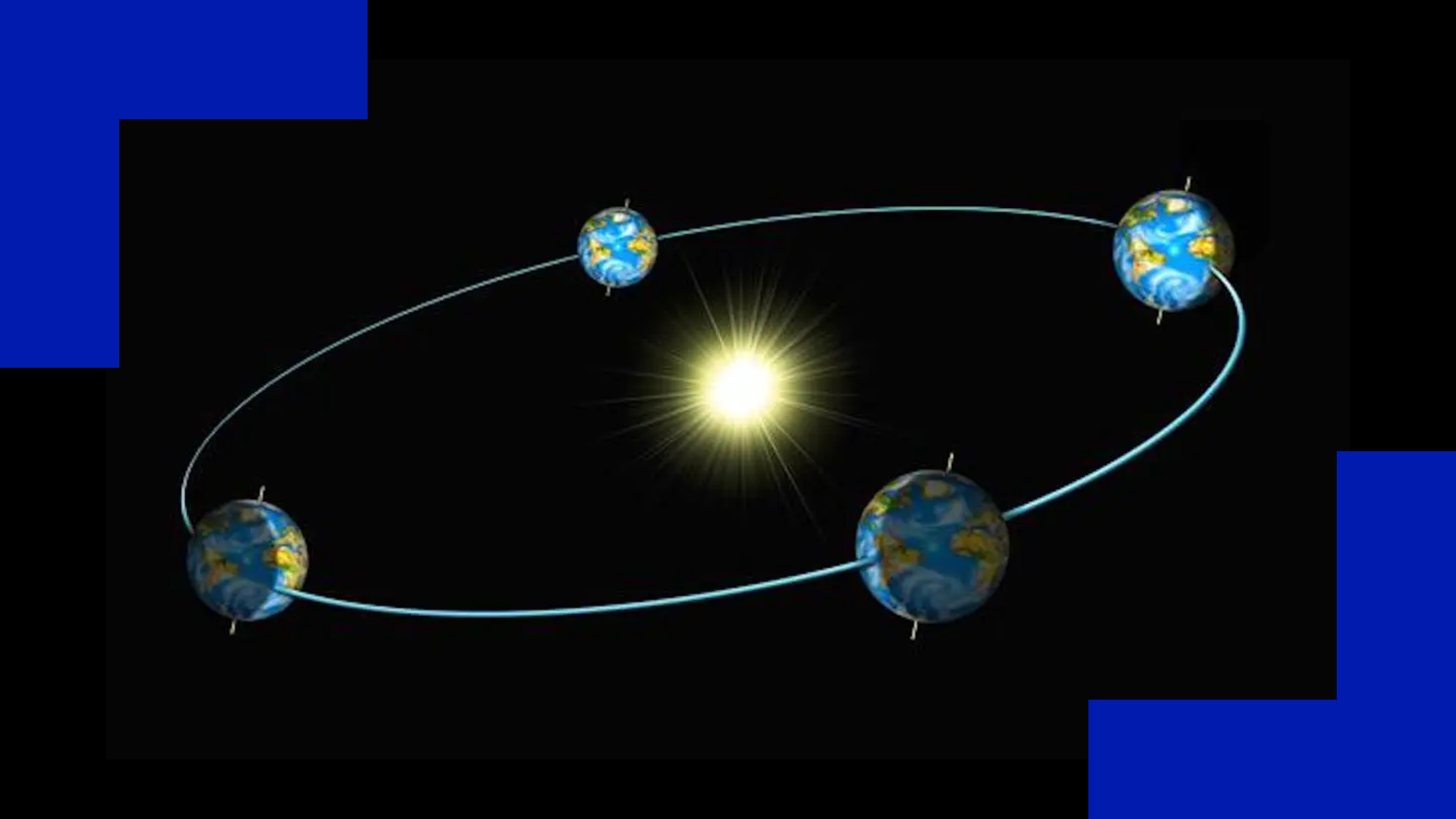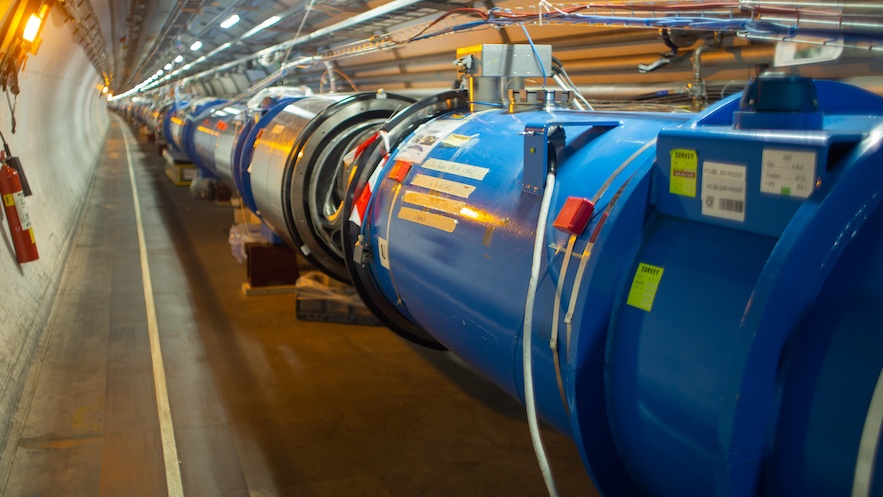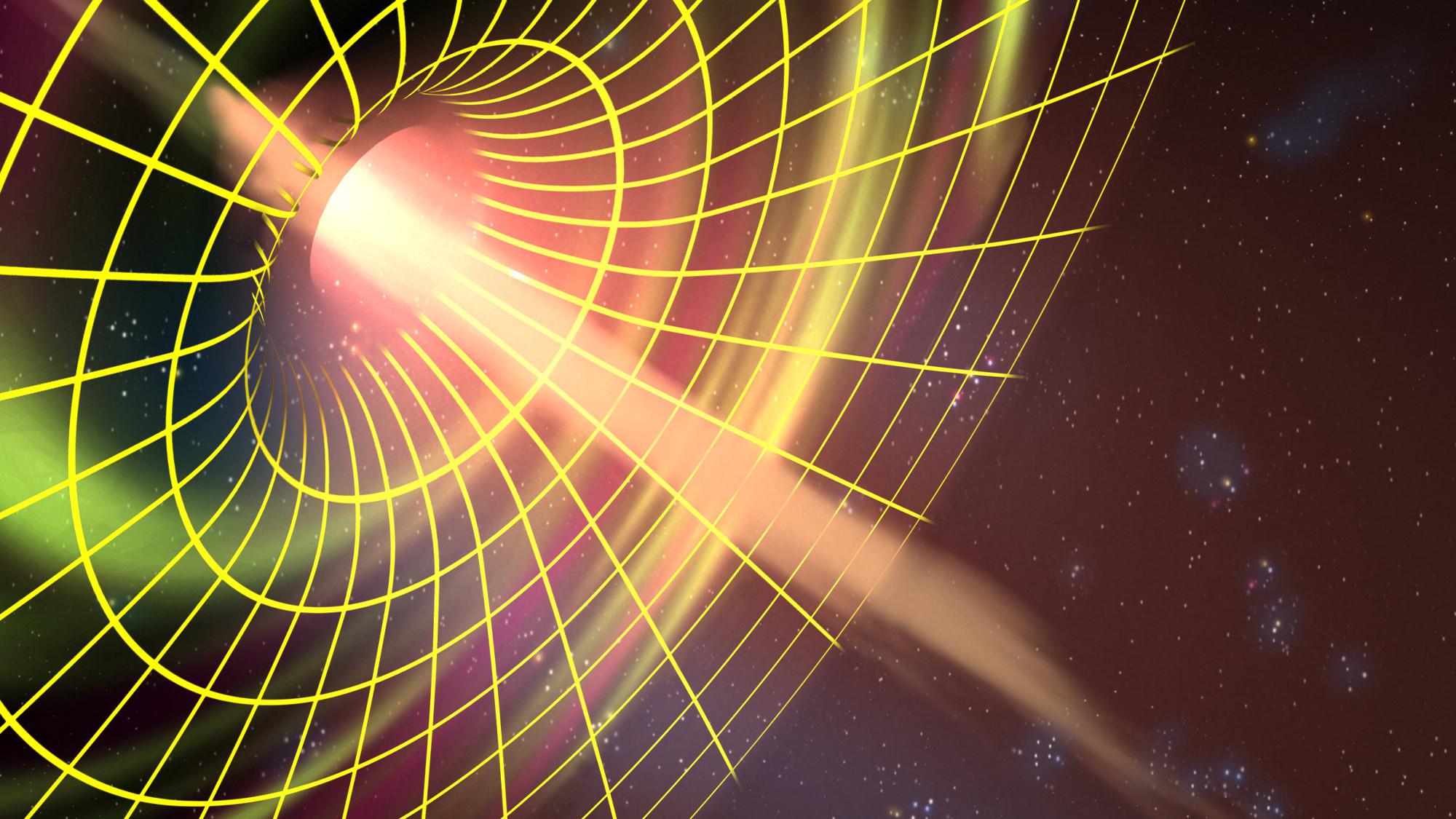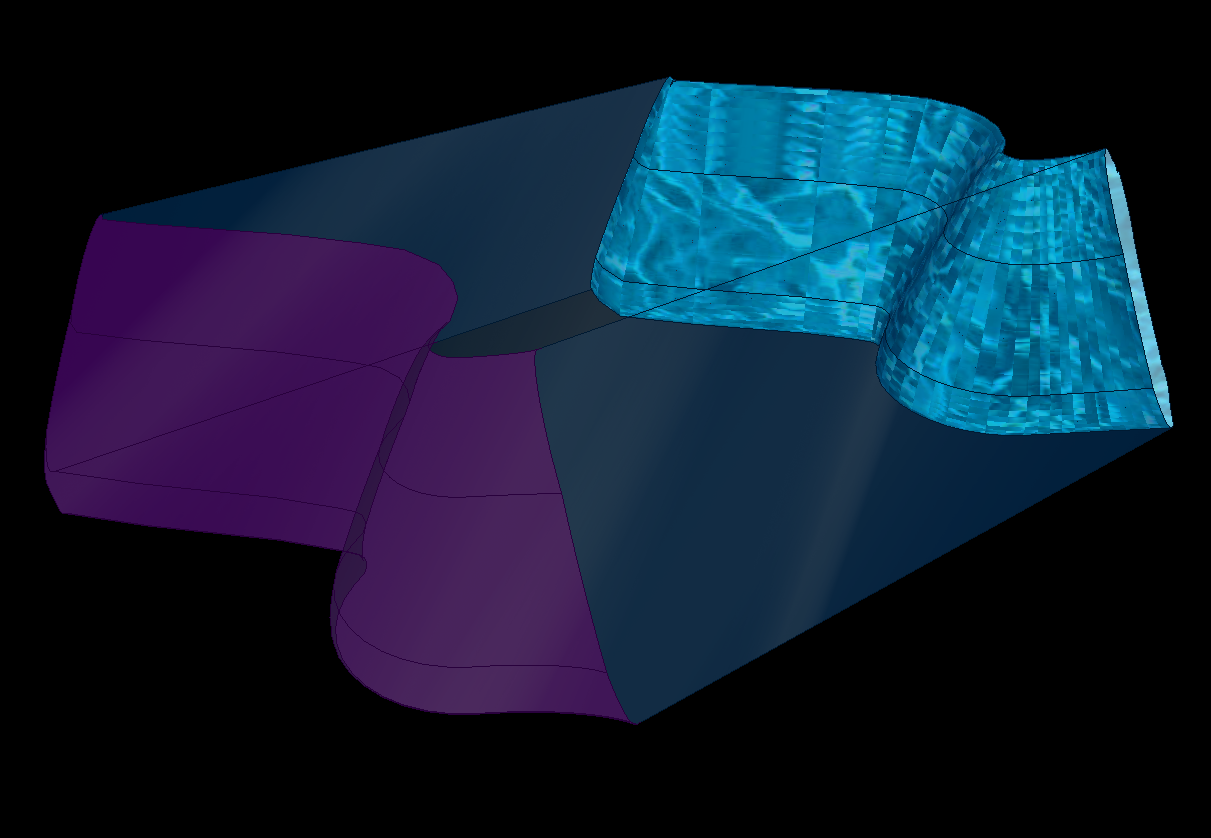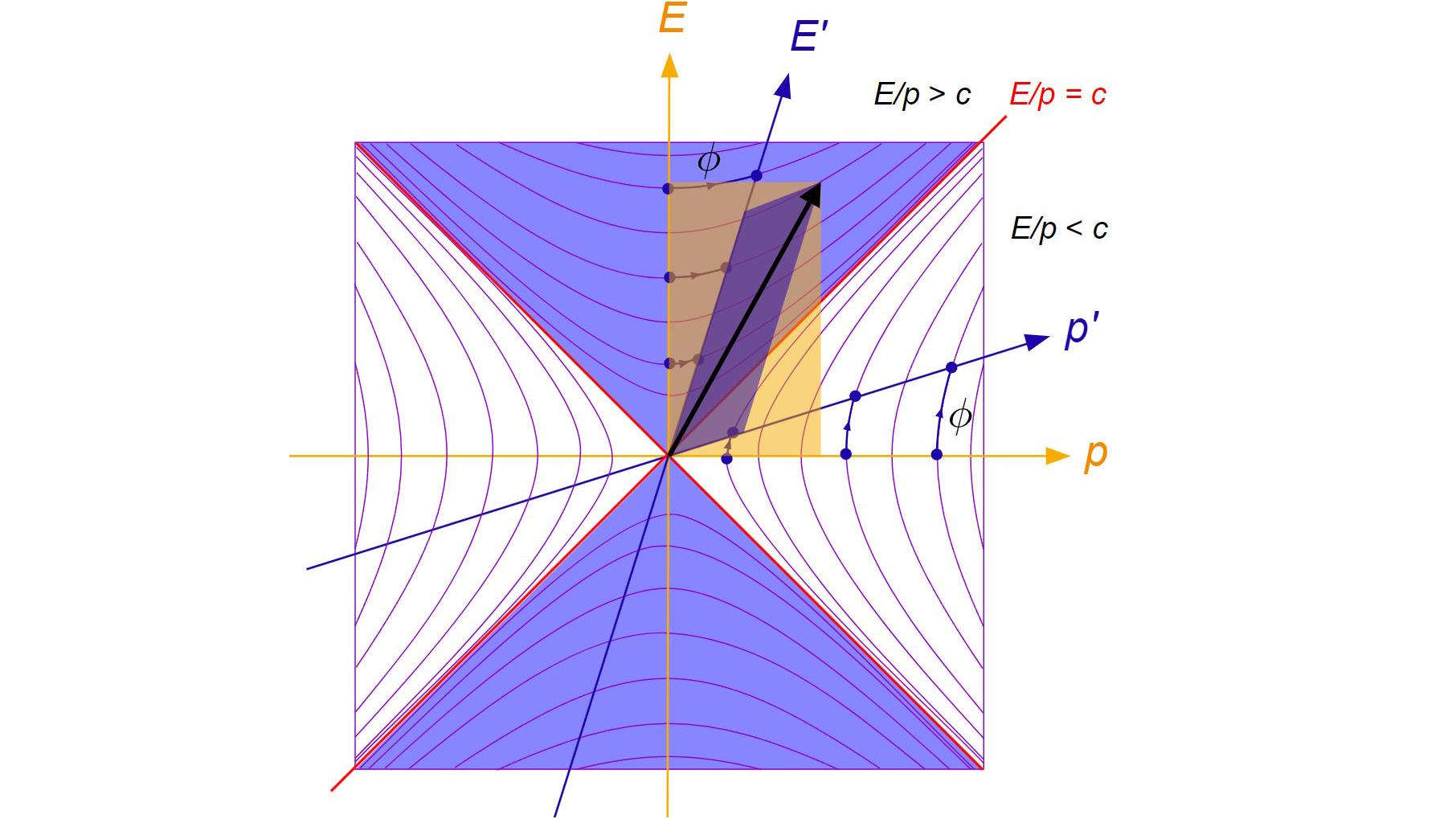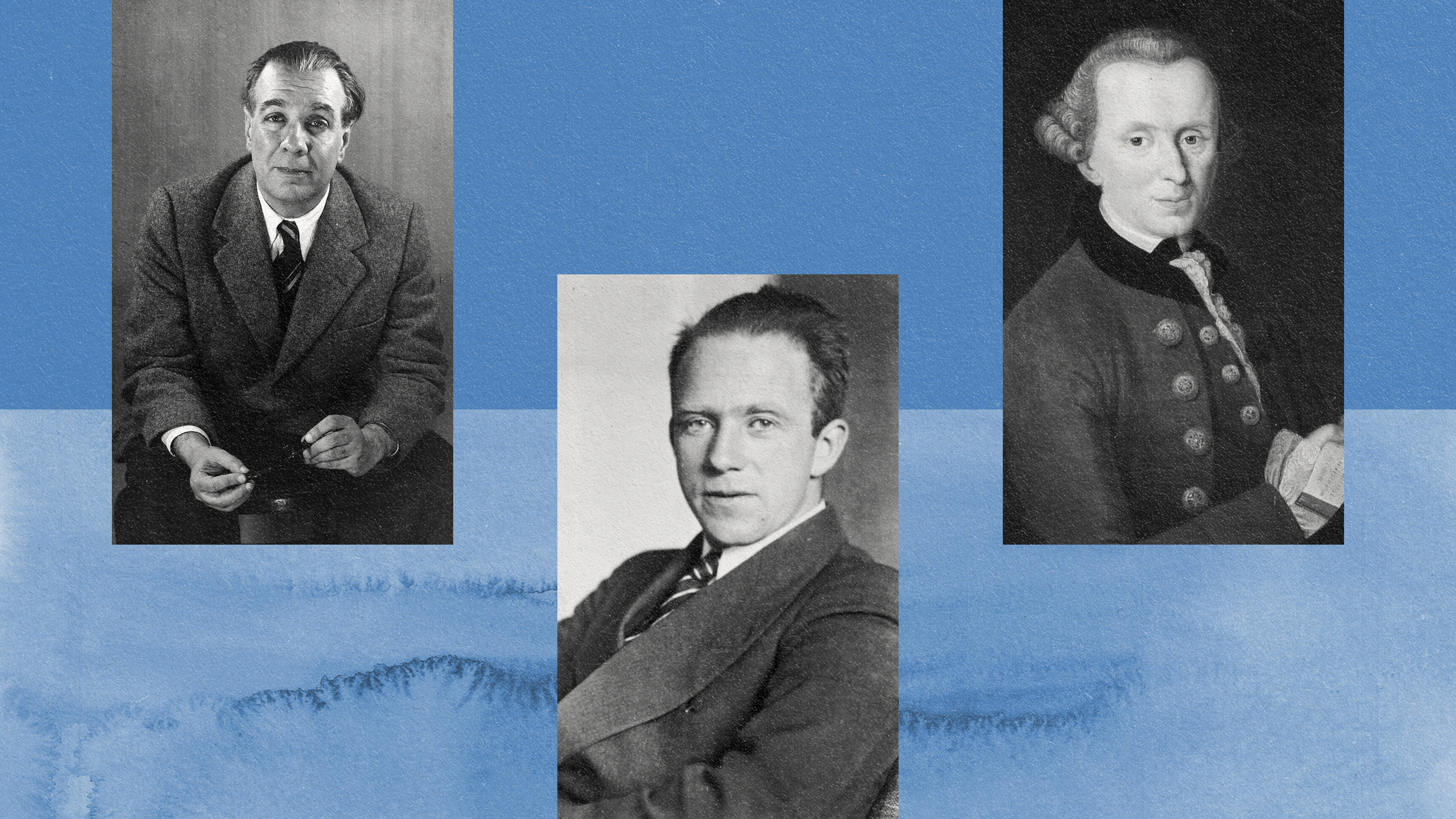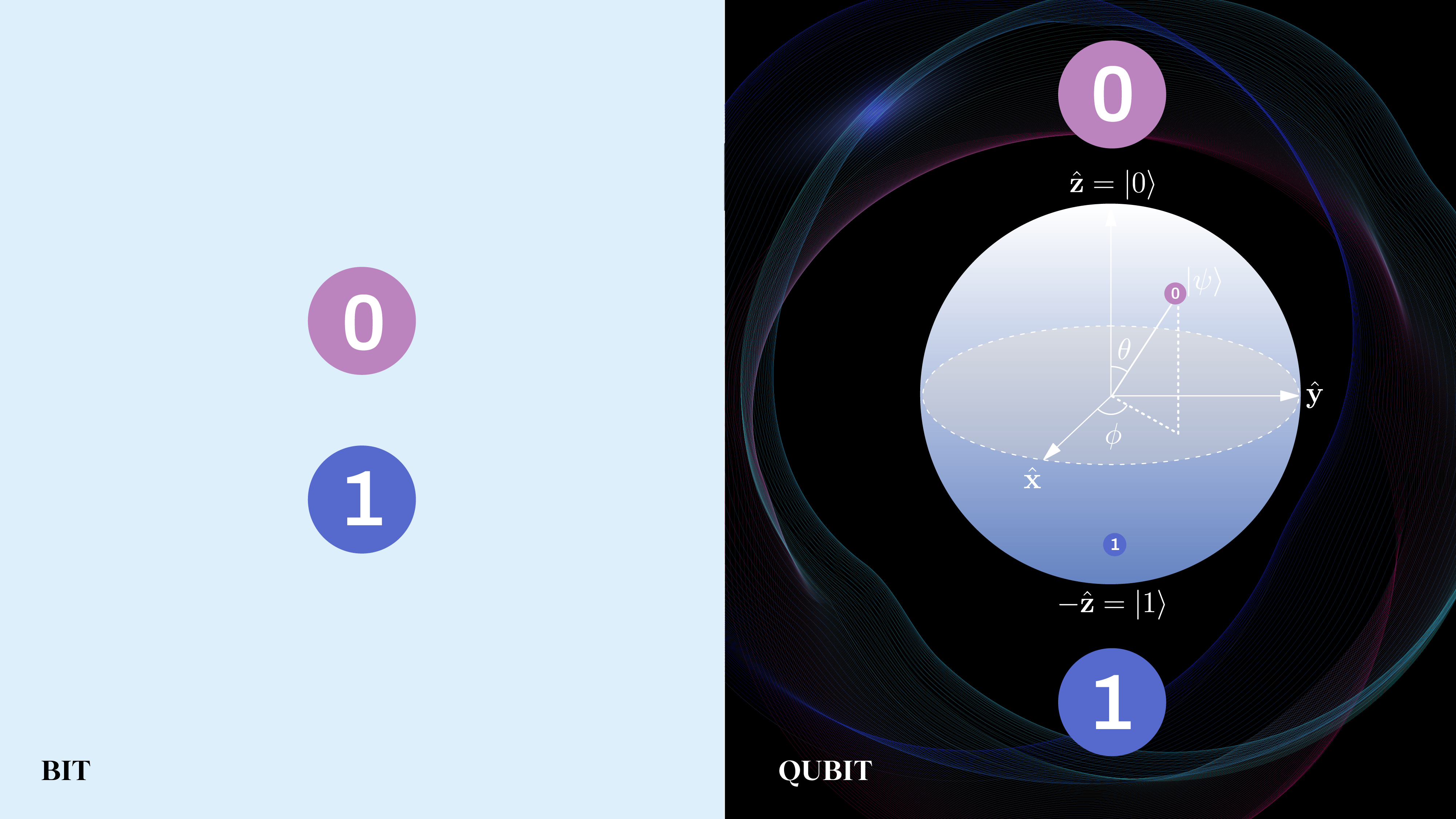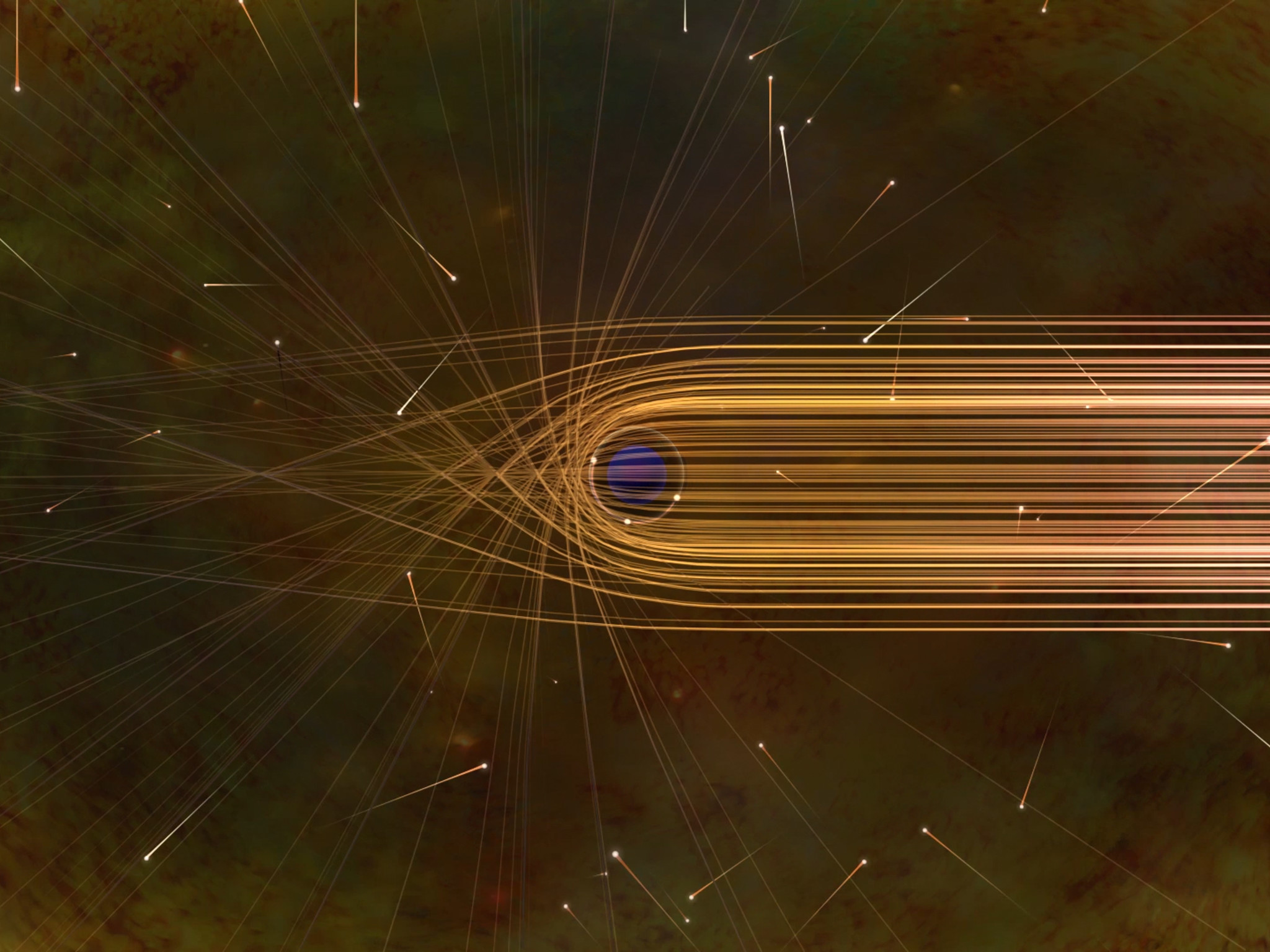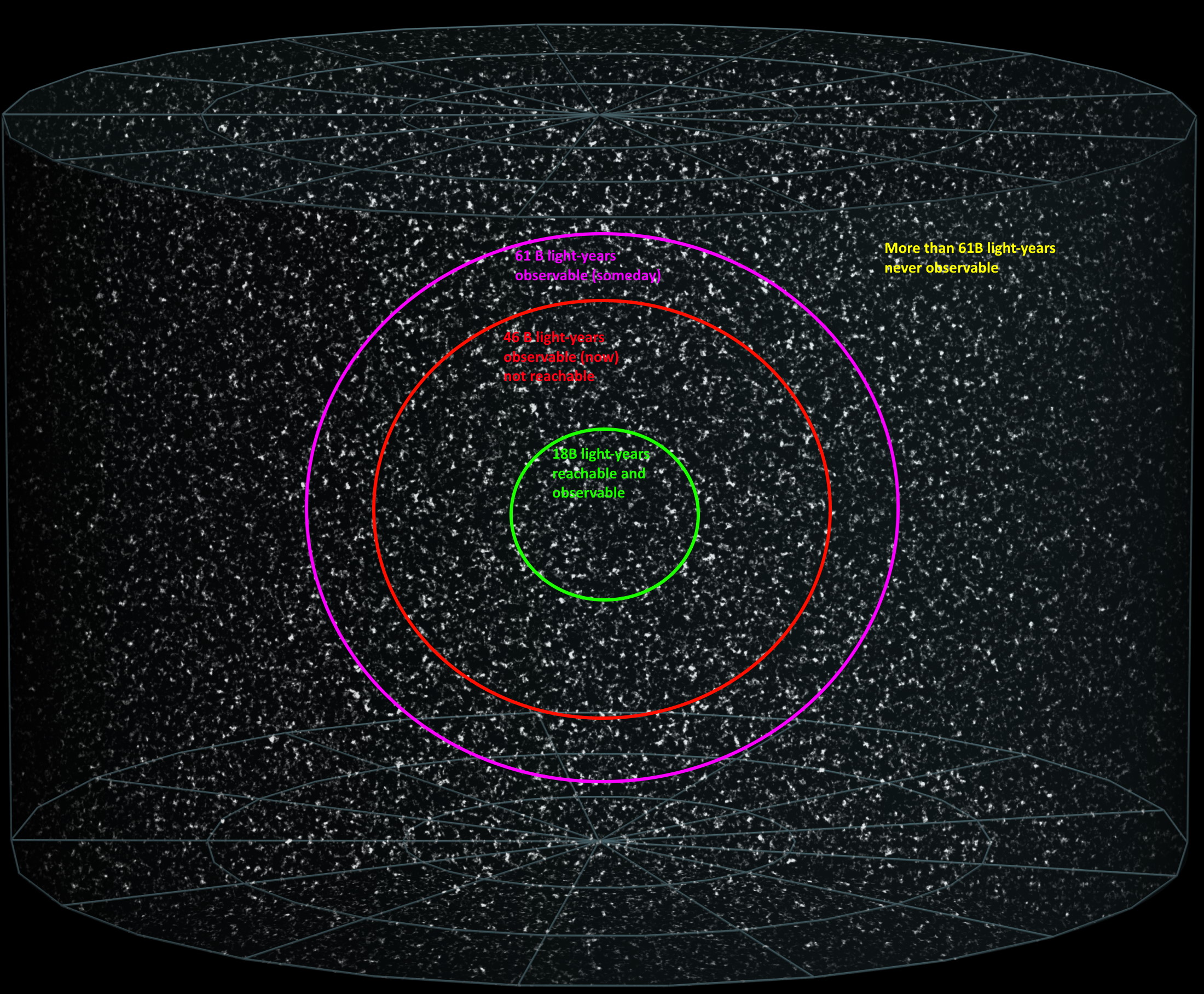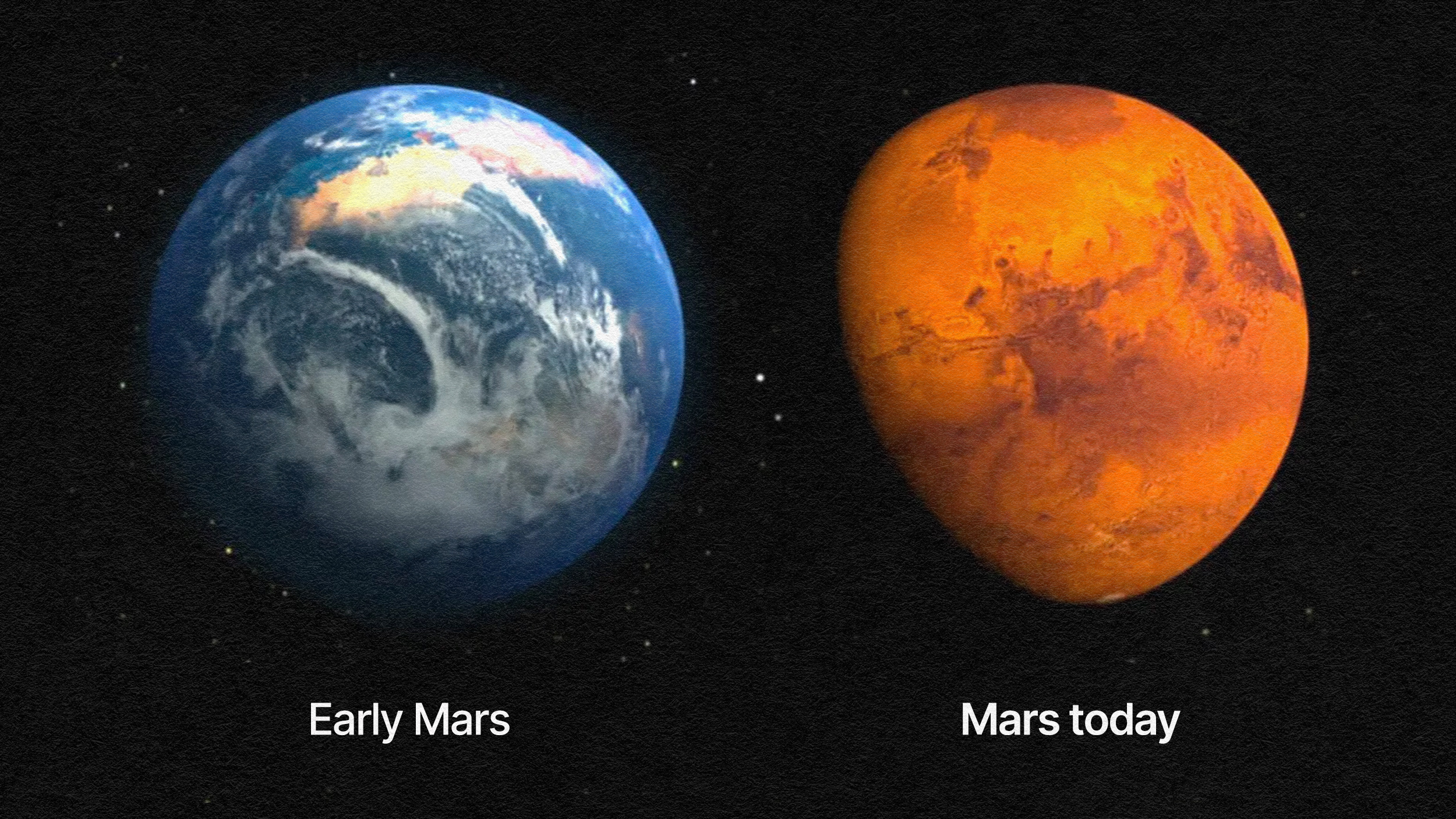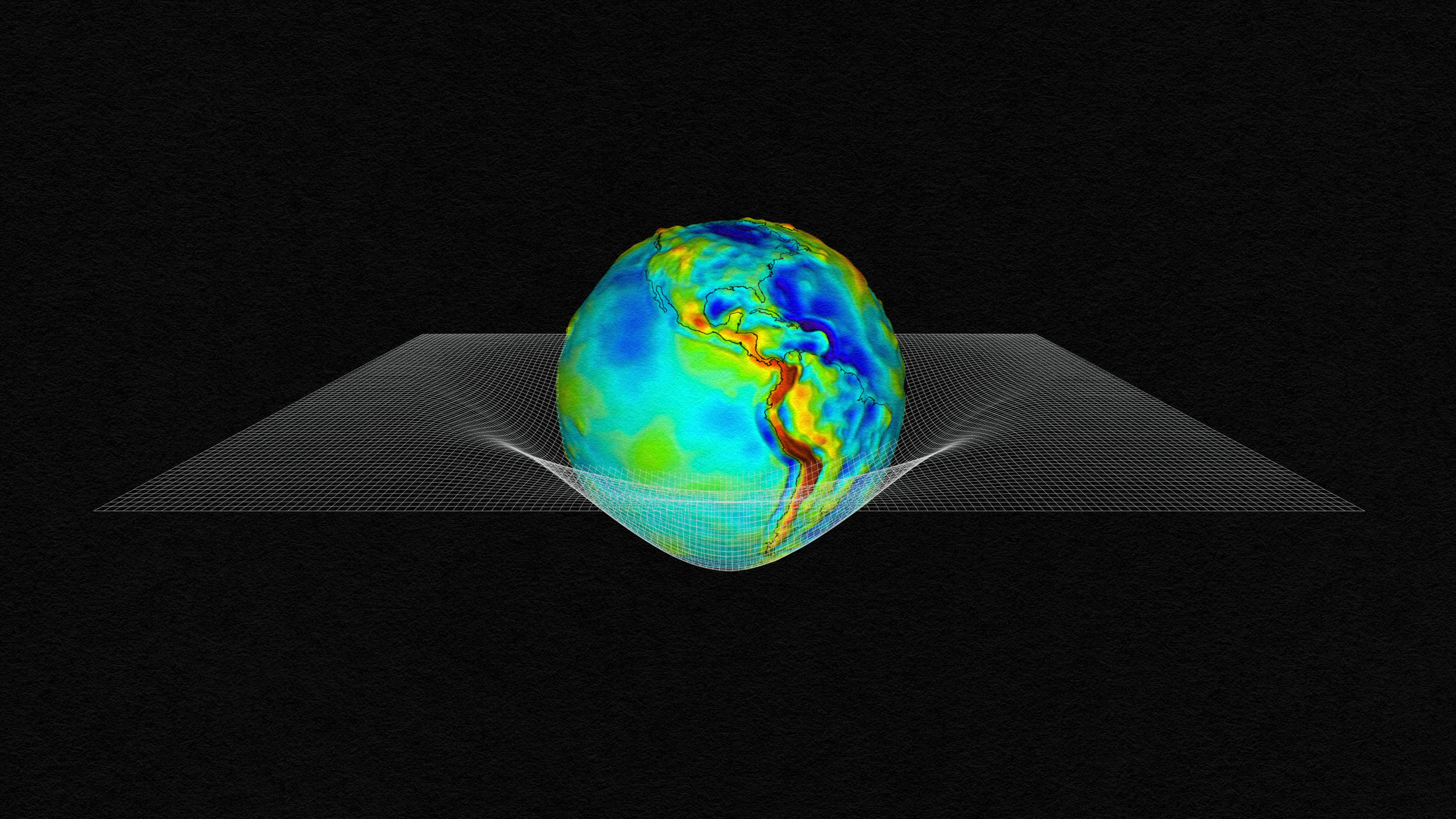Yes, the Universe is expanding, but if you’ve ever wondered, “How fast is it expanding,” the answer isn’t in terms of a speed at all.
Search Results
You searched for: Physical Constants
Welcome to The Nightcrawler — a weekly newsletter from Eric Markowitz covering tech, innovation, and long-term thinking.
Why “audio gaps” in video meetings wear us out — and why we need the meaningful relationships forged in communal workspaces.
Einstein’s most famous equation is E = mc², which describes the rest mass energy inherent to particles. But motion matters for energy, too.
It’s literally the one and only trick that separates top-notch physicists from crackpots, dropouts, and those who can’t cut the mustard.
Two very different ideas, wormholes and quantum entanglement, might be fundamentally related. What would “ER = EPR” mean for our Universe?
There is nothing more important to science than its ability to prove ideas wrong.
When we view hard work as a sign of low aptitude, it harms our ability to learn and grow.
The big question isn’t whether the Universe is expanding at 67 or 73 km/s/Mpc. It’s why different methods yield such different answers.
Travel half the distance to your destination, and there’s always another half to go. Despite Zeno’s Paradox, you always arrive right on time.
Too many companies fail to recognize that “the deepest principle in human nature is the craving to be appreciated” — but the solution is easy.
The mountain can generate lenticular clouds, which may contribute to its supernatural reputation.
When you don’t have enough clues to bring your detective story to a close, you should expect that your educated guesses will all be wrong.
The sharpest optical images, for now, come from the Hubble Space Telescope. A ground-based technique can make images over 100 times sharper.
“Imagination is more important than knowledge” is often taken to mean that your conceptions outweigh what’s real. That’s not what he said.
Leap day only comes once every four years, including in 2024. But the reason we have it, including when we do and don’t, may surprise you.
A next-generation LHC++ could cost $100 billion. Here’s why such a machine could end up being a massive waste of money.
Are you unhappy with how various events in your life turned out? Perhaps, in a parallel Universe, things worked out very differently.
It’s been 100 years since we discovered that the Universe was expanding. But if it’s expanding, then what is it expanding into?
End of life patients face mental health challenges uniquely existential and spiritual in nature — but psychedelics are emerging as a possible solution to relieve the suffering.
Three fundamental forces matter inside an atom, but gravity is mind-bogglingly weak on those scales. Could extra dimensions explain why?
The fabric of spacetime is four-dimensional, with three for space and only one for time. But wow, time sure is different from space!
A new book envisions an encounter of minds between the Argentinian writer Jorge Luis Borges, the physicist Werner Heisenberg, and the philosopher Immanuel Kant.
A clock, designed and built in Europe, ran hopelessly at the wrong rate when brought to America. The physics of gravity explains why.
Can quantum computers do things that standard, classical computers can’t? No. But if they can calculate faster, that’s quantum supremacy.
What do we mean by a black hole’s size? A photon sphere? The minimal stable orbit? The event horizon? The singularity? Which one is right?
The zero-point energy of empty space is not zero. Even with all the physics we know, we have no idea how to calculate what it ought to be.
Despite the Sun’s high core temperatures, particles can’t quite overcome their mutual electric repulsion. Good thing for quantum physics!
In the early stages of our Solar System, there were three life-friendly planets: Venus, Earth, and Mars. Only Earth thrived. Here’s why.
In general relativity, matter and energy curve spacetime, which we experience as gravity. Why can’t there be an “antigravity” force?
